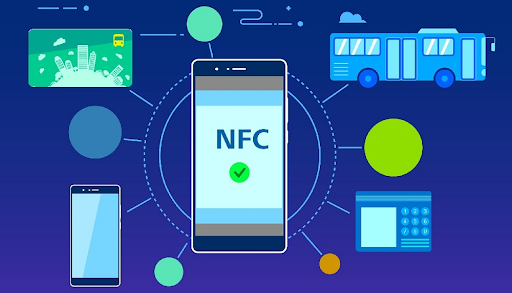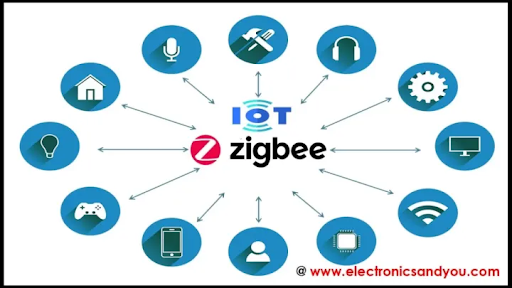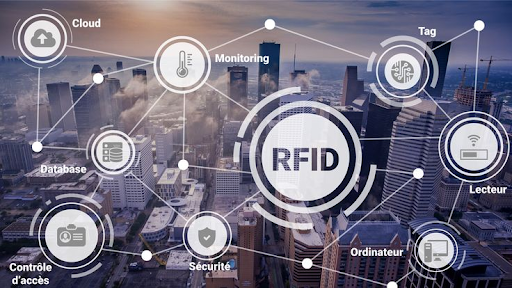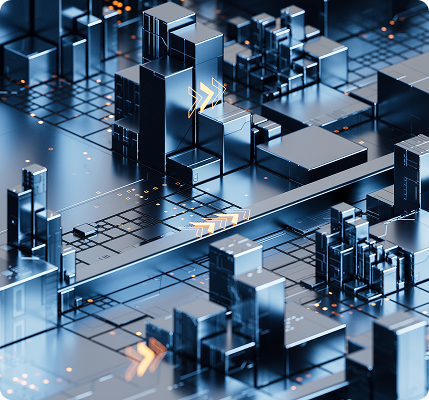Introduction to LoRaWAN and Application Solutions
1. Introduction to LoRaWAN
LoRaWAN (Long Range Wide Area Network) is a wireless communication protocol operating on LoRa (Long Range) technology. Designed to support IoT (Internet of Things) applications, LoRaWAN enables data transmission over long distances with extremely low power consumption.
Key features of LoRaWAN:
- Wide range: Can transmit signals up to tens of kilometers in rural environments and several kilometers in urban areas.
- Low power consumption: IoT devices using LoRaWAN can operate for many years on a single battery.
- Ability to connect multiple devices: Supports thousands to millions of simultaneously connected devices.
- Small bandwidth: Primarily transmits sensor data at low speeds.
- High security: Uses AES-128 encryption mechanism to protect data.
With these features, LoRaWAN is an ideal solution for applications such as smart cities, agriculture, environmental monitoring, and smart industry.

2. LoRaWAN in Smart Cities
LoRaWAN plays an important role in deploying smart solutions for cities, helping to improve quality of life and optimize urban operations.
2.1. Environmental Monitoring
- LoRaWAN sensors can measure air quality (CO2, PM2.5, PM10), humidity, temperature, noise levels, UV index...
- This data helps urban authorities monitor and improve environmental quality.
- Early warning of air pollution conditions, supporting appropriate control measures.
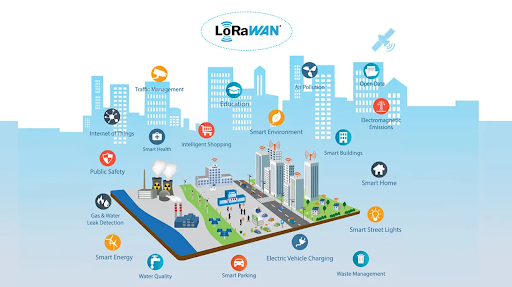
2.2. Smart Street Lighting
- Street lighting systems using LoRaWAN can automatically adjust brightness based on ambient light or the volume of people and vehicles in transit.
- Significant energy savings.
- Easy monitoring of operational status, reducing maintenance costs.
2.3. Smart Parking
- LoRaWAN sensors can be installed in parking lots to monitor vacancy status.
- Data sent to mobile applications helps drivers quickly find suitable parking spaces.
- Reduces traffic congestion and enhances urban experience.
3. Smart Agricultural Monitoring Systems with LoRaWAN
LoRaWAN helps the agriculture sector optimize production processes, improve productivity, and save resources.
3.1. Irrigation Optimization
- Soil moisture sensors continuously send data to the server.
- Automatic irrigation systems adjust water volume according to actual needs, avoiding waste.
3.2. Land and Weather Monitoring
- Sensors measuring temperature, humidity, rainfall, wind, and light help farmers monitor weather and soil conditions.
- Supports decision-making about planting and harvesting times.
3.3. Livestock Health Monitoring
- LoRaWAN sensors monitor temperature and movement of livestock to detect diseases early.
- Helps optimize livestock care and management.
4. LoRaWAN and Industrial IoT (IIoT)
In the industrial sector, LoRaWAN helps businesses improve operational performance and equipment maintenance.
4.1. Machine Monitoring Sensors
- LoRaWAN sensors monitor temperature, vibration, current, and pressure of machinery.
- Data is sent to analytics systems to detect technical faults early.
4.2. Predictive Maintenance
- Analysis of collected data helps businesses predict when machinery needs maintenance.
- Reduces unplanned downtime and optimizes maintenance costs.
4.3. Workplace Safety Monitoring
- LoRaWAN devices can track employee locations in hazardous environments.
- Timely warnings if risks occur, protecting workplace safety.
5. Comparing LoRaWAN with NB-IoT – Which Technology is More Suitable for IoT?
Both LoRaWAN and NB-IoT are important technologies in IoT, but there are significant differences:
| Criteria | LoRaWAN | NB-IoT |
| Coverage range | 10-15 km (rural), 2-5 km (urban) | LTE mobile infrastructure |
| Power consumption | Extremely low, operates for many years | Medium |
| Bandwidth | Small (0.3-50 kbps) | Medium (20-250 kbps) |
| Latency | High | Low |
| Cost | Low | Higher |
When to choose LoRaWAN?
- When needing to connect many devices over a wide area at low cost.
- When devices need long battery life.
When to choose NB-IoT?
- When needing to transmit larger data or requiring fast response.
- When wanting to use existing mobile infrastructure.
6. LoRaWAN Network Deployment Model for Businesses
To deploy LoRaWAN networks effectively, businesses need to:
6.1. Determine the Network Model
- Public network: Use LoRaWAN service provider infrastructure.
- Private network: Businesses deploy their own gateways and servers to control data.
6.2. Configuration and Security
- Strategically position gateways to maximize coverage area.
- Use data encryption to ensure safety.
6.3. Cost Optimization
- Select appropriate hardware.
- Utilize cloud computing solutions to reduce storage costs.
Conclusion
LoRaWAN is an important technology that helps connect millions of IoT devices with low cost and wide coverage. The choice between LoRaWAN and NB-IoT depends on the specific requirements of each application. With the rapid development of IoT, LoRaWAN will continue to play an important role in the fields of smart cities, agriculture, and industry.
